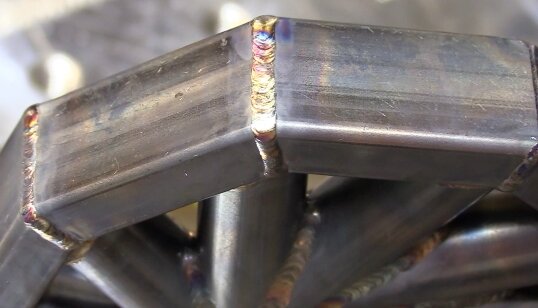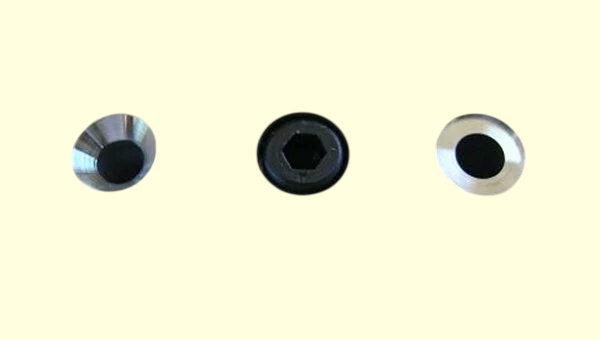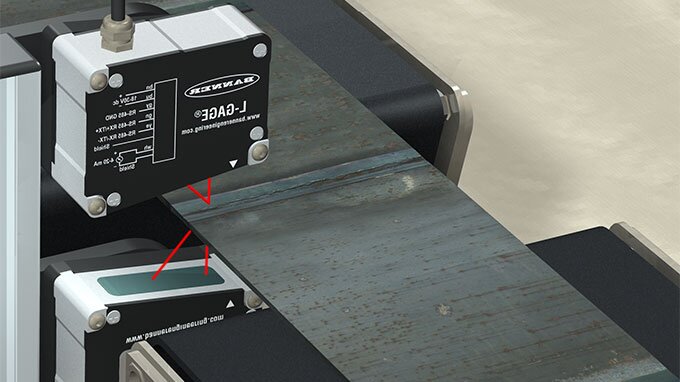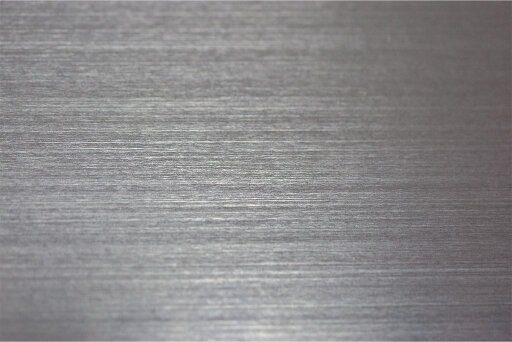Muitos fabricantes enfrentam custos crescentes e problemas de controlo de qualidade com os seus componentes maquinados. As peças maquinadas de precisão resolvem estes problemas, oferecendo tolerâncias apertadas, qualidade consistente e desempenho fiável em todas as indústrias, desde a aeroespacial até aos dispositivos médicos.
As peças maquinadas de precisão são componentes fabricados com extrema precisão, muitas vezes com tolerâncias tão apertadas como alguns micrómetros. Estas peças cumprem especificações exactas através de maquinação CNC, torneamento, fresagem e retificação. O fabrico moderno depende destes componentes, desde motores de veículos a instrumentos cirúrgicos.
O mundo da maquinagem de precisão combina tecnologia de ponta com princípios de engenharia testados pelo tempo. Vejamos o que torna estas peças valiosas no panorama atual do fabrico.
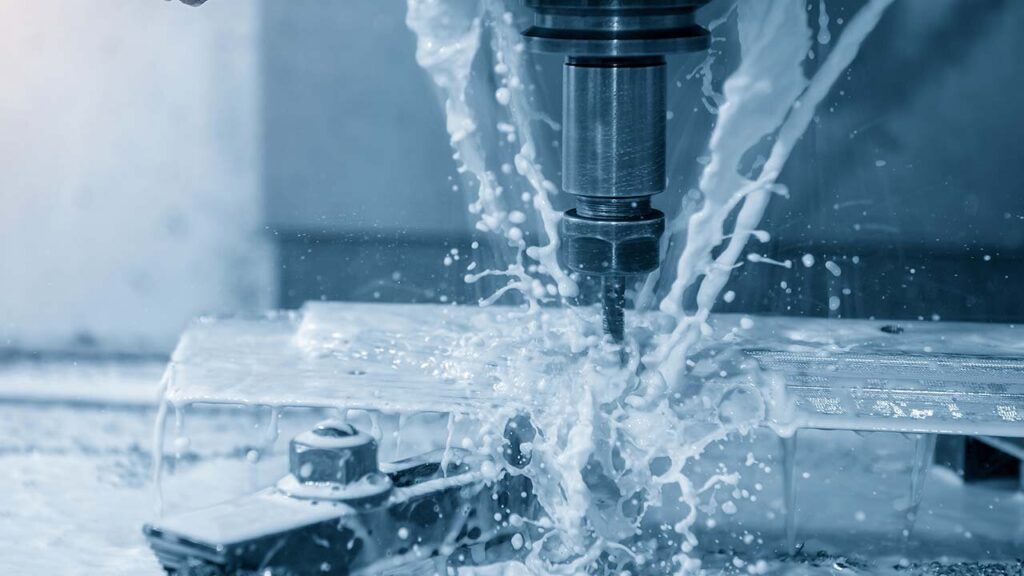
O que são peças maquinadas de precisão?
As peças maquinadas de precisão são componentes fabricados com uma precisão excecional e tolerâncias apertadas. Estas peças são criadas utilizando técnicas de maquinagem avançadas, garantindo que cada peça se encaixa perfeitamente na função pretendida. O processo envolve a remoção de material de uma peça de trabalho para criar uma forma, tamanho e acabamento desejados.
Os fabricantes confiam na maquinagem de precisão para produzir peças com o mínimo de erros. As tolerâncias apertadas são fundamentais para manter a integridade do produto acabado. O valor das peças maquinadas com precisão reside na sua capacidade de melhorar a eficiência geral do fabrico e a qualidade do produto.
Principais tipos de processos de maquinagem de precisão
A maquinagem de precisão envolve a utilização de ferramentas e máquinas altamente precisas para criar peças com dimensões e acabamentos de superfície exactos. Este processo é essencial para o fabrico de componentes que cumprem tolerâncias apertadas e especificações de design complexas.
Maquinação CNC
Maquinação CNC é o método mais comum. Utiliza máquinas controladas por computador para cortar, moldar e acabar materiais. As máquinas CNC seguem instruções precisas a partir de desenhos CAD, garantindo uma elevada precisão e repetibilidade. São versáteis e podem lidar com formas complexas e tolerâncias apertadas.
EDM (Usinagem por descarga elétrica)
EDM utiliza faíscas eléctricas para moldar materiais duros como o titânio ou o aço endurecido. É ideal para criar pormenores intrincados ou trabalhar com materiais que são difíceis de cortar utilizando métodos tradicionais. O processo não envolve contacto físico, pelo que evita o desgaste das ferramentas.
Retificação e polimento
Retificação utiliza discos abrasivos para remover pequenas quantidades de material e obter um acabamento suave. É frequentemente utilizado para dar acabamento a peças e cumprir tolerâncias apertadas. O polimento refina ainda mais a superfície, tornando-a macia e brilhante.
Torneamento e fresagem
O torneamento faz rodar uma peça de trabalho enquanto uma ferramenta de corte lhe dá forma. É normalmente utilizado para peças cilíndricas, como veios ou parafusos. A fresagem, por outro lado, utiliza ferramentas de corte rotativas para remover material de uma peça de trabalho estacionária. É ideal para criar superfícies planas, ranhuras ou geometrias complexas.
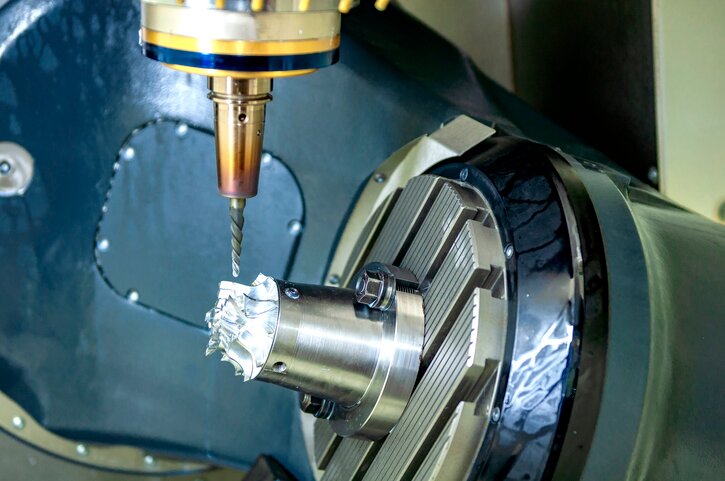
Vantagens da utilização de peças maquinadas de precisão
As peças maquinadas com precisão oferecem várias vantagens significativas no fabrico. Estas vantagens ajudam as indústrias a atingir padrões elevados e resultados fiáveis nos seus produtos.
Elevada precisão e consistência
A maquinagem de precisão garante que as peças são fabricadas com uma precisão muito elevada. Cada componente é fabricado com medidas exactas, quer se trate de uma peça ou de um lote grande. Esta consistência ajuda a reduzir erros e defeitos, conduzindo a uma melhor qualidade global.
Rentável
Embora a configuração inicial da maquinagem de precisão possa parecer dispendiosa, pode poupar dinheiro ao longo do tempo. A elevada precisão destas peças significa menos erros, menos desperdício de material e menos peças que precisam de ser refeitas.
Melhoria da qualidade do produto
A maquinagem de precisão melhora a qualidade do produto final. As peças fabricadas desta forma cumprem tolerâncias apertadas e têm superfícies lisas, o que ajuda a que tenham o desempenho esperado.
Desempenho melhorado
As peças maquinadas com precisão melhoram diretamente o desempenho do produto acabado. Com medidas exactas, estas peças encaixam perfeitamente, garantindo que tudo funciona como deve ser.
Personalização
A maquinagem de precisão permite obter peças altamente personalizadas, adaptadas a necessidades específicas. Quer se trate de uma forma, tamanho ou material únicos, a maquinação de precisão pode fornecer.
Metais comuns na maquinagem de precisão
São utilizados diferentes metais na maquinagem de precisão, cada um oferecendo vantagens únicas para várias aplicações. A seleção do material adequado garante que a peça tem um bom desempenho e cumpre as normas específicas da indústria.
Ligas de aço
As ligas de aço, como o aço inoxidável e o aço-carbono, são amplamente utilizadas na maquinagem de precisão devido à sua resistência, durabilidade e versatilidade.
Alumínio
O alumínio é leve, resistente à corrosão e fácil de maquinar, o que o torna uma escolha popular para muitas indústrias. O alumínio também oferece uma boa condutividade térmica e eléctrica e é frequentemente utilizado em sistemas electrónicos e de permuta de calor.
Titânio
O titânio é conhecido pela sua excelente relação força/peso e resistência à corrosão. Embora possa ser difícil de maquinar, as suas propriedades únicas tornam-no ideal para aplicações de elevado desempenho.
Latão e Cobre
O latão e o cobre são valorizados na maquinagem de precisão pela sua excelente condutividade eléctrica e térmica. O latão é mais macio e mais fácil de maquinar, o que o torna adequado para peças de acabamento suave.
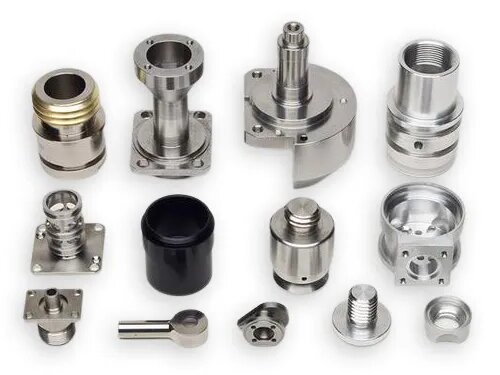
O processo de maquinagem de precisão
A maquinagem de precisão é um processo detalhado para transformar matérias-primas em peças de alta qualidade. As etapas são concebidas para garantir que o produto final cumpre as especificações exactas.
Corte e modelação
O corte e a moldagem são os primeiros passos da maquinagem de precisão. O material é cortado numa forma bruta utilizando ferramentas como máquinas CNC ou tornos. Isto molda a peça para o tamanho aproximado antes de se efetuar qualquer afinação.
Perfuração e sondagem
Perfuração e mandrilamento criar furos ou caraterísticas internas na peça. A perfuração faz furos redondos, enquanto a perfuração aperfeiçoa o tamanho e a suavidade dos furos existentes.
Acabamento de superfícies
O acabamento de superfícies é o último passo do processo de maquinagem. Este processo alisa e polir a superfície da peça, melhorando o seu aspeto e durabilidade.
Factores que afectam a precisão na maquinagem
Vários factores podem afetar a precisão do processo de maquinagem, o que, por sua vez, influencia a qualidade e a precisão da peça final.
Tolerâncias e precisão dimensional
As tolerâncias são as variações permitidas no tamanho de uma peça. As tolerâncias apertadas são essenciais para garantir que as peças se encaixam corretamente. A peça pode não funcionar como pretendido se as dimensões estiverem desajustadas, mesmo que seja só um bocadinho. A precisão dimensional é fundamental para garantir que a peça cumpre os requisitos do projeto.
Desempenho e calibração de máquinas-ferramenta
O desempenho da máquina-ferramenta é vital para a precisão. Uma máquina bem conservada e calibrada produz peças com elevada precisão. São necessárias verificações e manutenção regulares para manter as máquinas a funcionar corretamente. Se uma máquina não estiver corretamente calibrada, pode produzir peças imprecisas.
O papel das ferramentas de corte e o desgaste das ferramentas
As ferramentas de corte são cruciais para uma maquinação precisa. A qualidade da ferramenta afecta a precisão com que corta o material. Com o passar do tempo, as ferramentas podem ficar cegas ou gastas, levando a cortes menos precisos.
Propriedades dos materiais e a sua influência na maquinagem
O material a maquinar pode afetar a precisão. Diferentes materiais têm diferentes durezas e propriedades, afectando a facilidade com que são cortados ou moldados. Os materiais mais macios podem ser mais fáceis de maquinar, enquanto os materiais mais rígidos podem desgastar as ferramentas mais rapidamente.
Aplicações de peças maquinadas de precisão
As peças maquinadas com precisão são utilizadas em muitas indústrias. Asseguram que os produtos funcionam de forma fiável e segura. Vejamos como são aplicadas em diferentes domínios.
Indústria aeroespacial
As peças maquinadas com precisão são essenciais para a segurança e o desempenho na indústria aeroespacial. Componentes como peças de motores, trens de aterragem e sistemas de controlo têm de cumprir tolerâncias muito apertadas, e a maquinação de precisão garante que estas peças podem suportar as condições difíceis durante o voo.
Dispositivos Médicos e Implantes
Os dispositivos médicos e os implantes dependem da maquinação de precisão para funcionarem corretamente. Peças como ferramentas cirúrgicas, substituições de articulações e dispositivos dentários têm de ser fabricadas com medidas exactas. Isto garante que se encaixam corretamente, funcionam em segurança e não prejudicam os pacientes.
Fabrico de automóveis
A indústria automóvel utiliza peças maquinadas de precisão para muitos componentes de veículos, incluindo peças de motor, travões e sistemas de suspensão. A maquinação de precisão garante que estas peças são duráveis e funcionam corretamente, cumprindo os elevados padrões de segurança e desempenho dos automóveis.
Indústria eletrónica e de semicondutores
Nas indústrias eletrónica e de semicondutores, as peças maquinadas com precisão são utilizadas para criar conectores, invólucros e dissipadores de calor. Estas peças têm de cumprir especificações rigorosas para garantir que os dispositivos funcionam corretamente, e a maquinação de precisão é fundamental para garantir que tudo encaixa e funciona como deve ser.
Máquinas e Equipamentos Industriais
As peças maquinadas com precisão são também comuns na maquinaria industrial. As engrenagens, os veios e os rolamentos têm de ser fabricados com elevada precisão. A maquinagem de precisão ajuda o equipamento a funcionar de forma suave e eficiente em indústrias como a indústria transformadora e a energia.
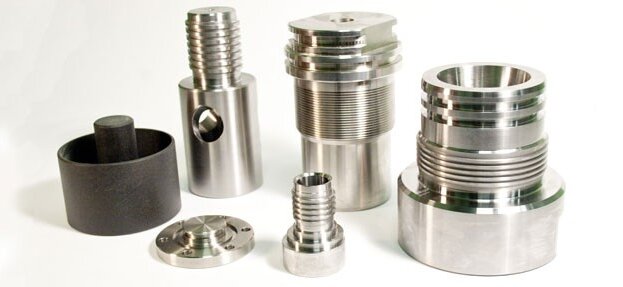
Conclusão
A maquinagem de precisão é fundamental para criar peças com elevada precisão e consistência. É utilizada em muitas indústrias, como a aeroespacial, dispositivos médicos, automóvel, eletrónica e maquinaria industrial. Estas peças garantem que os produtos são seguros, fiáveis e têm um bom desempenho. Cada etapa do processo de maquinagem é cuidadosamente concebida para cumprir normas rigorosas.
Contate-nos se precisar de peças maquinadas com precisão para o seu próximo projeto. Estamos aqui para o ajudar a encontrar a solução certa para as suas necessidades!
Olá, chamo-me Kevin Lee

Nos últimos 10 anos, tenho estado imerso em várias formas de fabrico de chapas metálicas, partilhando aqui ideias interessantes a partir das minhas experiências em diversas oficinas.
Entrar em contacto

Kevin Lee
Tenho mais de dez anos de experiência profissional no fabrico de chapas metálicas, especializando-me em corte a laser, dobragem, soldadura e técnicas de tratamento de superfícies. Como Diretor Técnico da Shengen, estou empenhado em resolver desafios complexos de fabrico e em promover a inovação e a qualidade em cada projeto.

